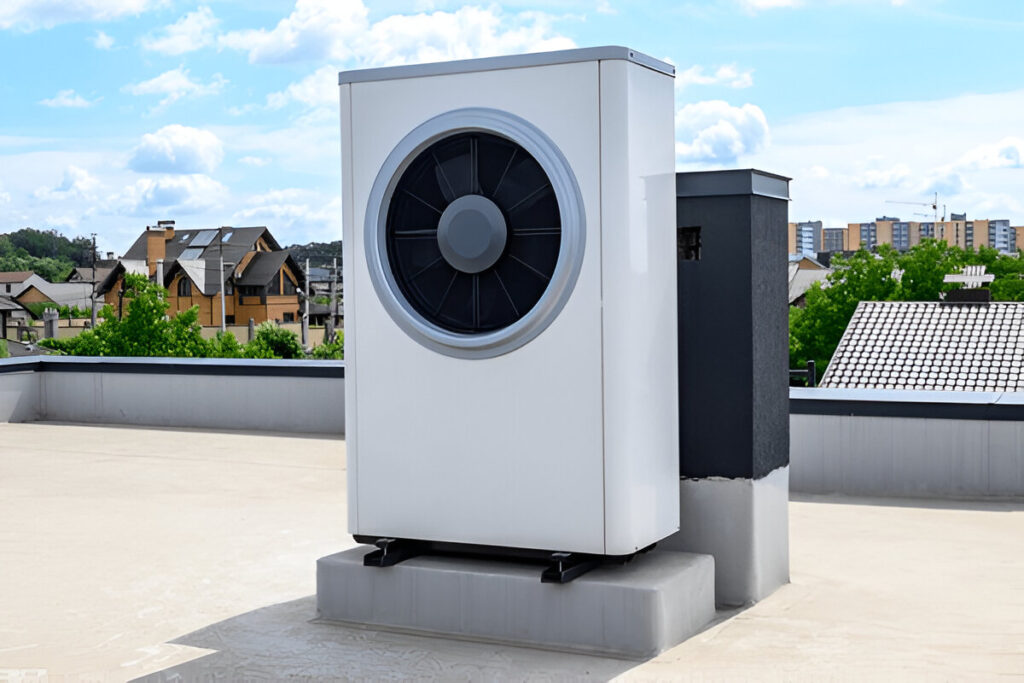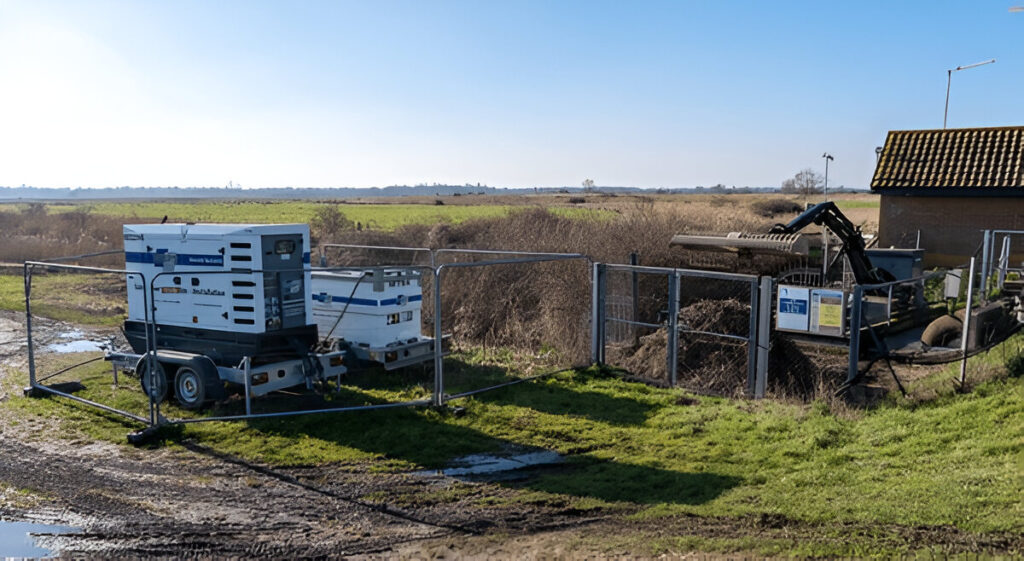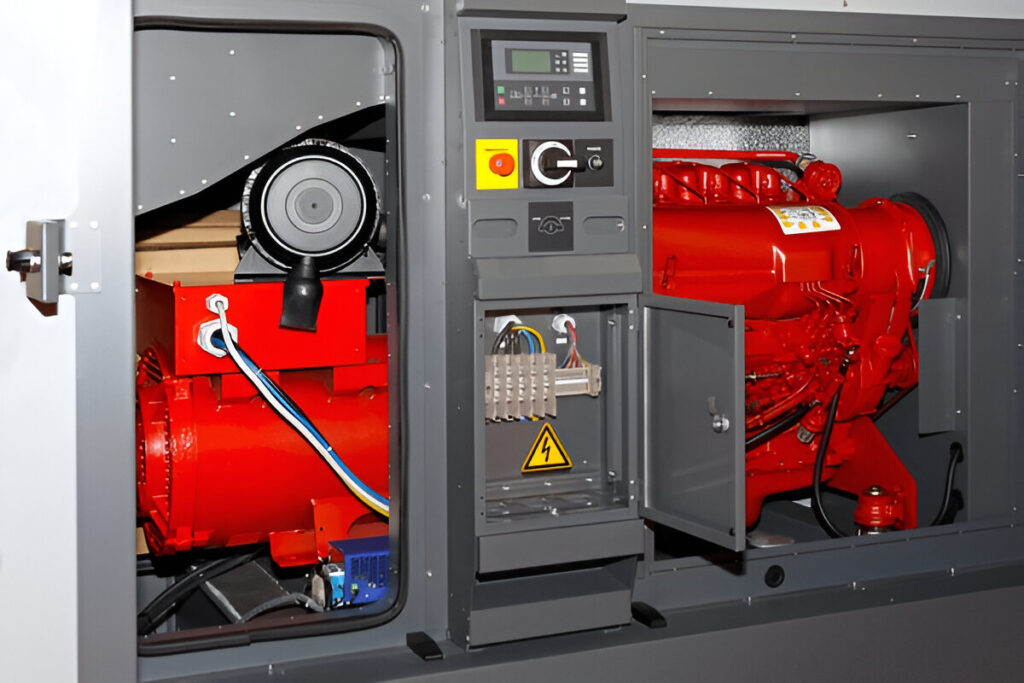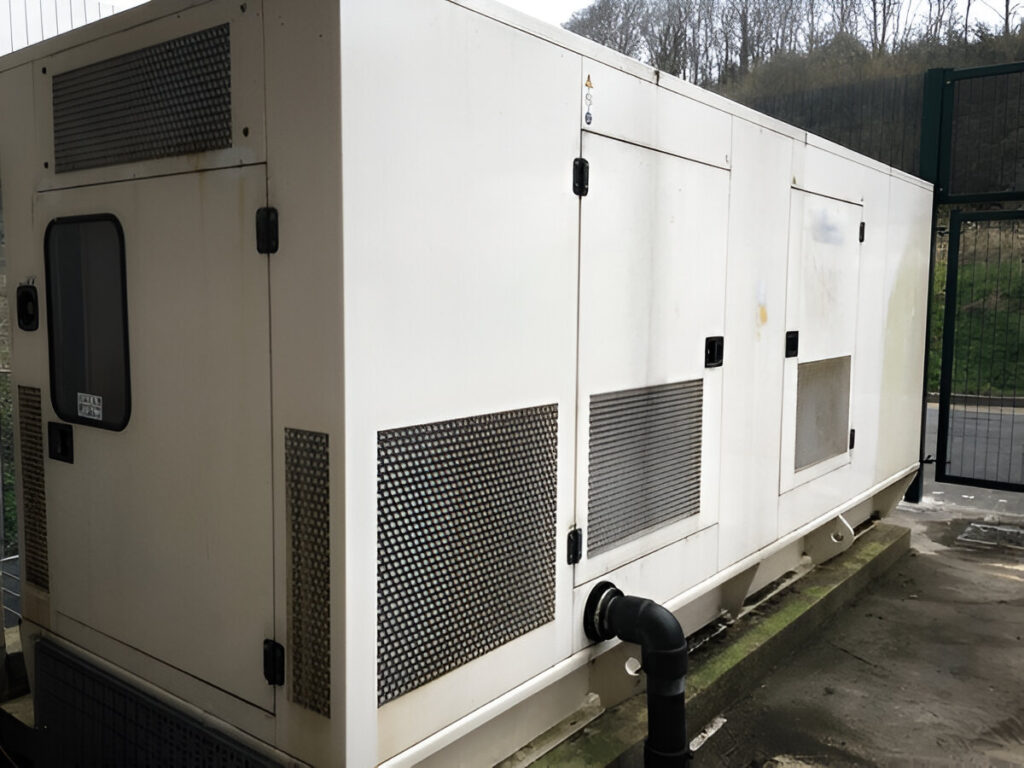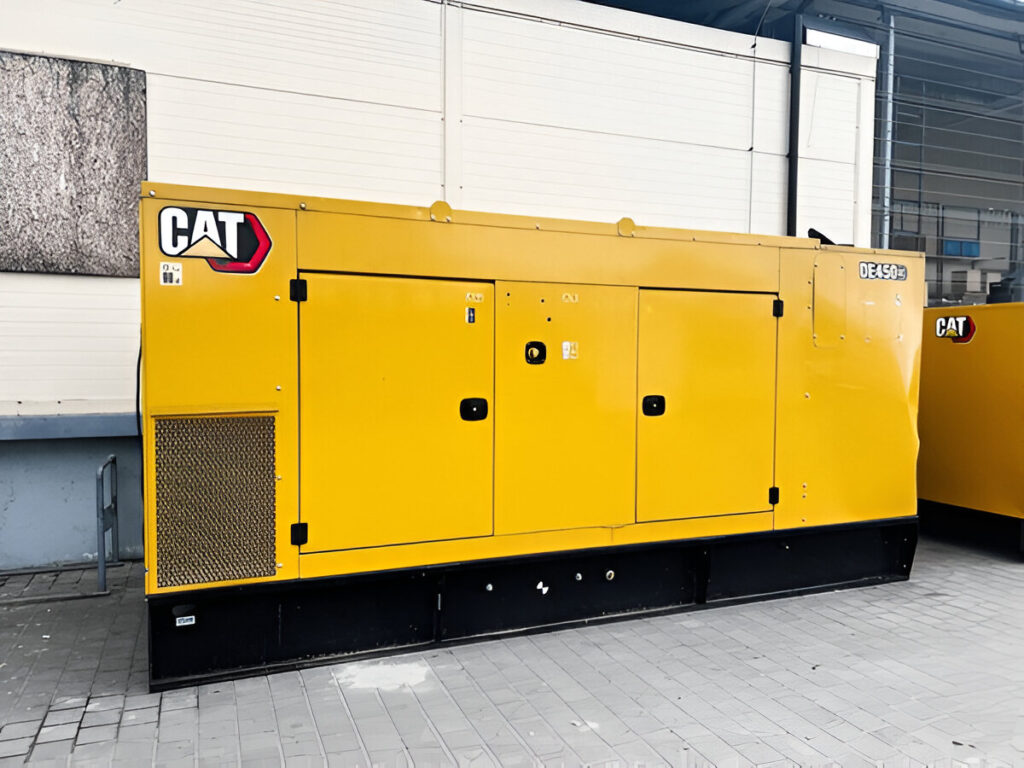In the world of power generation, generator cooling systems play a vital role in maintaining operational efficiency and preventing costly breakdowns. Whether you’re running a small diesel fueled generator or a large industrial standby unit, proper cooling is essential to ensure your equipment remains reliable and safe.
Why Generator Cooling Systems Matter
Generators, like any other machinery, produce heat during operation. Without a functioning Generator Cooling Systems, this heat can quickly cause internal damage, reduce efficiency, or lead to complete system failure. This is particularly important for customers shopping for a generator for sale, as understanding the type of cooling system included will help ensure you invest in long-term performance.
There are primarily two types of cooling systems found in generators:
- Air-Cooled Systems: Typically found in smaller portable units, air-cooled systems use fans to circulate air over the generator’s engine to dissipate heat. These systems are low-maintenance but may struggle in extreme weather or continuous usage.
- Liquid-Cooled Systems: Common in large standby generator Canada models or cat generators, liquid cooling involves circulating coolant through the engine and a radiator. This setup is more efficient for long run times or high-load environments.
Common Cooling System Components
To maintain your Generator Cooling Systems, it’s essential to understand its key components:
- Radiator: Transfers heat from the coolant to the outside air.
- Coolant: Usually a mix of water and antifreeze that absorbs engine heat.
- Water Pump: Moves coolant through the system.
- Thermostat: Regulates coolant flow based on engine temperature.
- Cooling Fan: Assists in moving air through the radiator for heat dissipation.
Whether you’re buying a new Cummins generator Canada or a used generator for sale, inspecting these parts regularly is crucial.
Key Cooling System Maintenance Tips
Routine maintenance ensures your generator remains reliable in emergencies. Here are some essential tips:
1. Regular Coolant Checks
Always monitor coolant levels and top off with the correct fluid. Coolant should be replaced periodically, typically every 1–2 years depending on usage.
2. Inspect Hoses and Belts
Over time, rubber hoses and belts can crack or loosen. These should be checked for wear and replaced before failure occurs.
3. Flush the System
A coolant flush removes built-up deposits that can reduce cooling efficiency. Schedule a flush at least once every two years or according to manufacturer recommendations.
4. Clean the Radiator
Dirt, debris, and oil buildup can restrict airflow through the radiator. Regular cleaning helps maintain peak cooling performance, especially in outdoor or dusty environments.
5. Test the Thermostat
A stuck thermostat can prevent coolant flow, leading to overheating. Periodic testing can help detect faults early.
6. Professional Inspections
If you’re investing in a backup generator Canada, consider routine professional inspections to ensure long-term reliability and proper cooling system performance.
Cooling Considerations for Diesel Generators
Most commercial and industrial diesel fueled generators rely on liquid-cooled systems due to their durability and ability to handle prolonged usage. These systems are particularly important in colder Canadian climates, where proper antifreeze ratios must be maintained to prevent freezing.
For those seeking a reliable generator for sale, models like Cat generators and Cummins generator Canada are engineered with robust cooling systems designed for harsh environments and continuous-duty performance.
Conclusion
Understanding how generator cooling systems work—and how to maintain them—is essential for maximizing performance and extending the life of your equipment. Whether you’re shopping for a used generator for sale or a new backup generator Canada, BC GENERATORS has a wide selection of dependable products built to handle Canada’s toughest conditions.
Explore our full range of diesel fueled generators today and find the ideal unit for your commercial or residential power needs.

